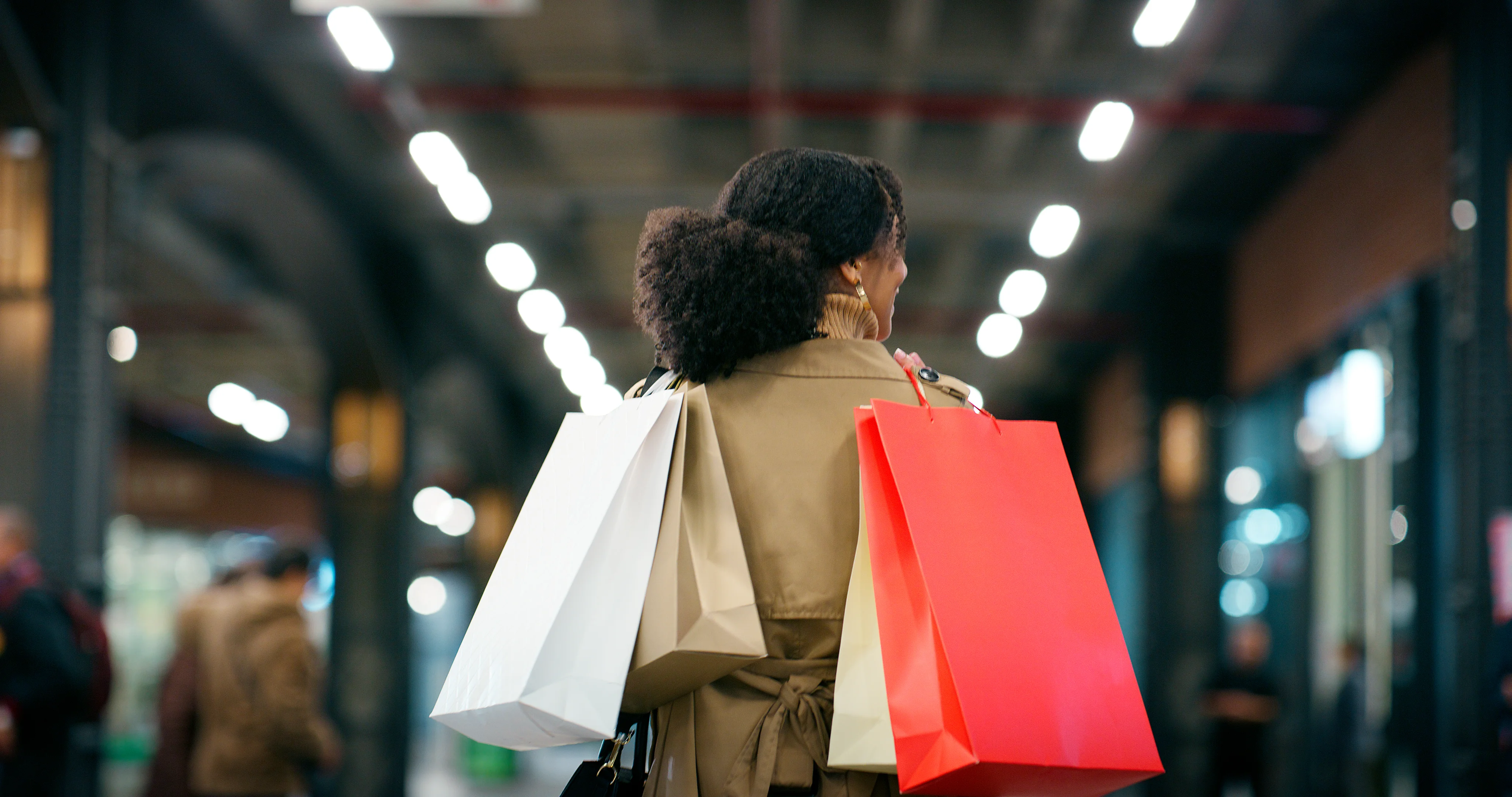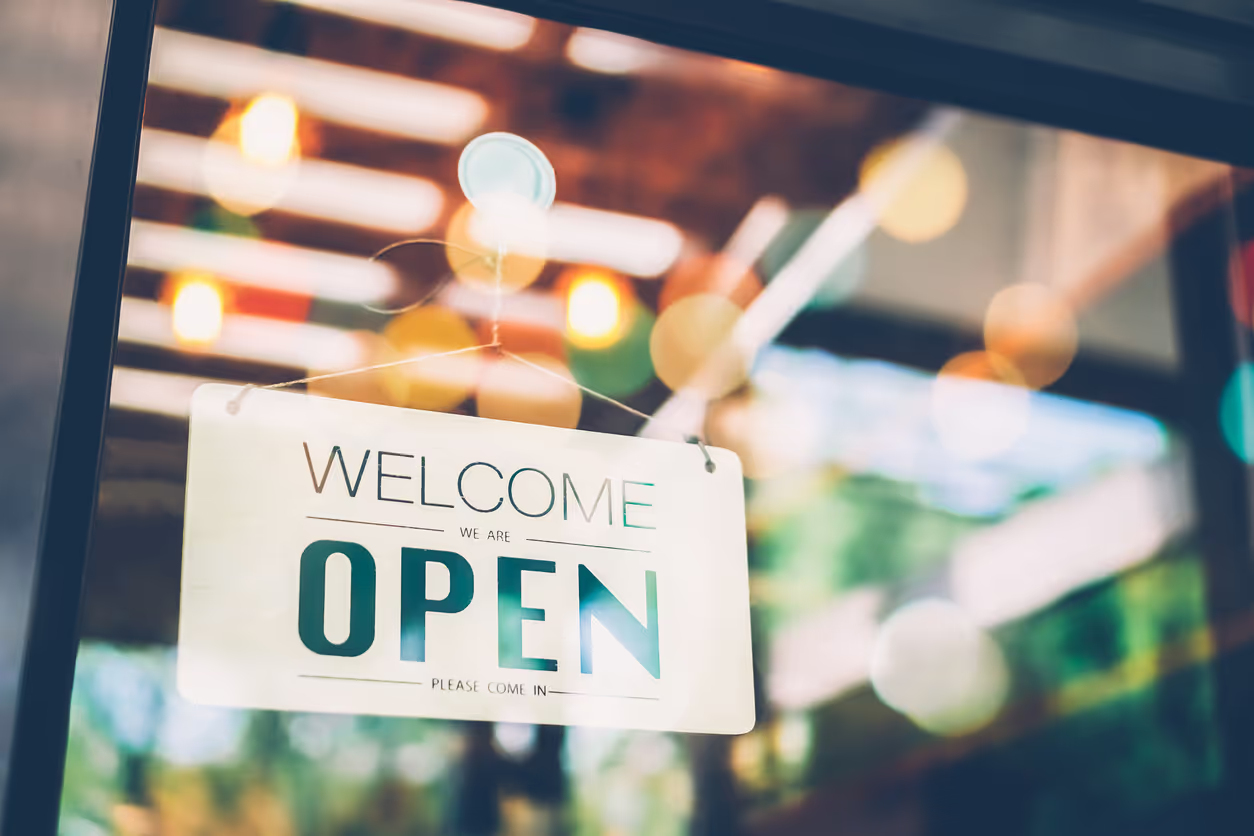Is It Time to Rethink Your Retail Layout?
Your retail floor plan plays a crucial role in shaping how customers navigate your store and how traffic flows. The layout you choose depends on factors like the size and type of store, the products you’re showcasing, and your target market. This consideration is just as important for e-commerce stores as it is for brick-and-mortar shops, as layout can significantly influence customer experience. So, is it time to redesign your floor plan to improve customer experience and sales?
Key Areas of Your Floor Plan
- Store Design: In physical stores, this refers to the strategic use of space, including fixtures, lighting, signage, displays, and furniture. For e-commerce, it’s about user experience and web design.
- Customer Flow: This refers to how customers move through the store. Strategic layouts can guide customers to interact with merchandise in specific ways. Physical stores can track this with analytics from in-store cameras and Wi-Fi signals, while e-commerce stores can use cookies to gain insights into customer behavior, such as what items they view and for how long.
Understanding Customer Behavior
To design an effective layout, it’s essential to understand how your customers shop. Do they move quickly or take their time? Do they prefer self-service or guided assistance? Knowing these patterns helps you anticipate their needs and tailor your layout accordingly.
Should You Lead Your Customer's Movement?
There’s an ongoing debate about whether stores should guide customers in a specific direction, like clockwise or counterclockwise. Some believe it’s more intuitive for right-handed shoppers to move clockwise. However, the best approach is to test different layouts to see what works for your specific store and customers.
Floor Merchandise
In a physical store, it’s crucial to have the right amount of product on display—enough to attract attention without overwhelming customers. For e-commerce, this translates to how products are organized and presented. Ensure products are well-photographed in high resolution, with accurate colors. Always keep products in stock, or provide an “option to order” feature to avoid frustrating customers.
Layout and Impulse Purchases
Strategic placement of items can drive impulse buys. In physical stores, placing small, desirable items near the checkout encourages last-minute purchases. E-commerce stores can use a similar tactic by offering add-ons at checkout based on the customer’s behavior, making it easy to tick a box and add an item to the cart.
Appeal to the Senses
Physical retailers have an advantage by appealing to all five senses. Use scent, touch, sound, and taste to create a fully immersive shopping experience. The more senses involved, the more likely customers are to make purchases.
Add Space or Sections
Sometimes, stores need more space or refined sections. This applies to both physical and online stores. If your store feels cramped or if you’ve introduced a new product line, consider expanding or reorganizing to create a more comfortable shopping experience. Highlight best-selling items, use engaging signage, and guide customers to what they need.
The Bottom Line
Whether online or in person, a thoughtful layout and strategic planning can enhance customer experience and boost sales. Sometimes, only minor tweaks are needed, while other times a larger investment in layout changes may be required. These investments typically pay off in the form of satisfied, returning customers. To fund your store’s next layout redesign, contact Merchant Capital today.

%20(1).avif)



